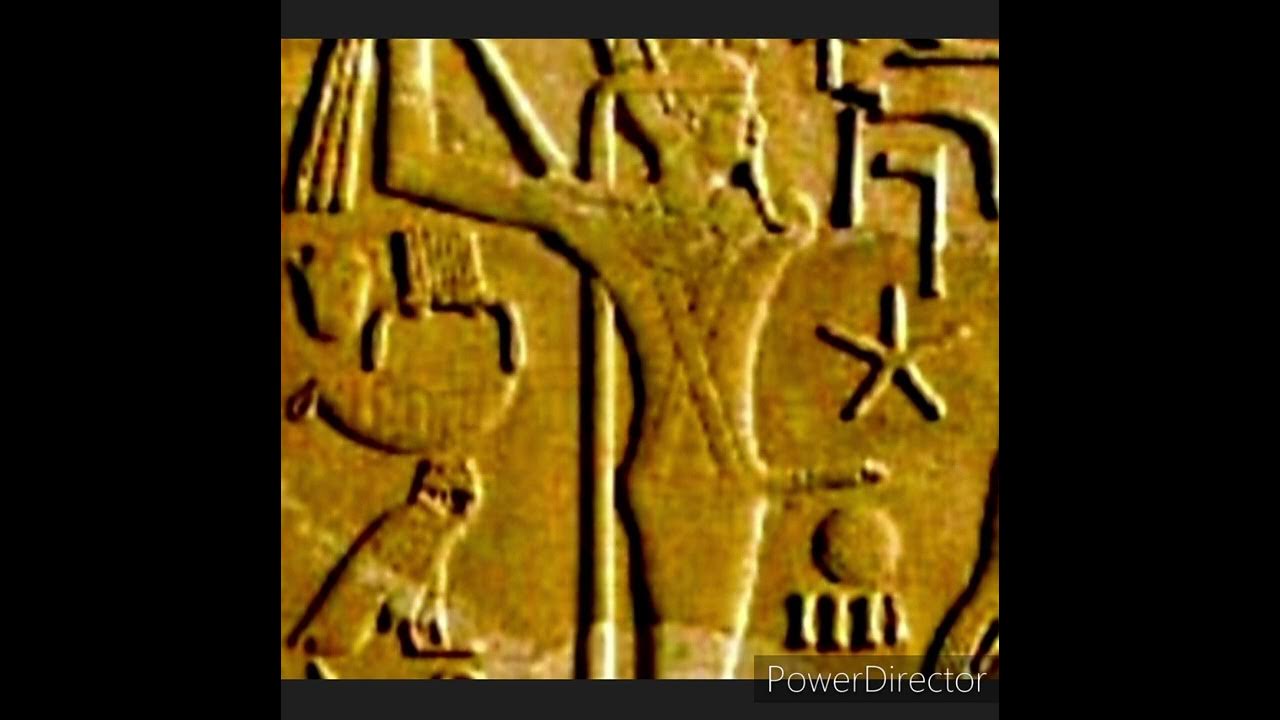Chaos and Order: The Staff of Moses #exodus
Summary
TLDRThe video script delves into the biblical story of Moses and the transformation of his rod into a serpent, symbolizing the dichotomy of order and chaos. It explores the staff as a representation of authority, stability, and tradition, and its ability to morph into chaos, reflecting the hero's role in mediating between order and disorder. The narrative emphasizes the importance of courage in confronting danger and the concept of God as the ultimate source of order, suggesting that belief in a higher power is essential to avoid societal chaos and despair.
Takeaways
- 📜 The script discusses a biblical narrative where Moses' staff transforms into a serpent and back, symbolizing the power to control chaos and order.
- 🛡 The staff represents authority, stability, and tradition, while the serpent symbolizes chaos and transformation.
- 🐍 The act of Moses grabbing the serpent by the tail signifies courage and the ability to confront and control dangerous situations.
- 🧙♂️ The story alludes to the duality of order and chaos, suggesting that true leadership involves the ability to navigate between these two states.
- 🩺 The rod and serpent are also associated with healing, as seen in the symbol used by modern physicians, hinting at a deeper connection to health and restoration.
- 🔮 The narrative includes the idea of transformation as a curative process, suggesting that overcoming chaos can lead to healing and understanding.
- 🦄 The discussion touches on the concept of the hero, who mediates between order and chaos, embodying the ability to both create and resolve disorder.
- 👁 The script mentions the importance of attention and perception in understanding and transforming chaos, drawing parallels to how children learn to perceive the world.
- 🐉 The rod and serpent are also symbols of sovereign authority, with the Pharaohs of Egypt traditionally associated with these symbols, indicating a counter-authority in Moses.
- 🐑 The shepherd's staff imagery is brought up, suggesting Moses' role as a leader and protector of his people, akin to a shepherd guiding his flock.
- 🌐 The conversation concludes with a broader reflection on the necessity of God or a higher order to prevent chaos, emphasizing the psychological and moral implications of belief systems.
Q & A
What biblical event is described in the transcript?
-The transcript describes the biblical event where Moses encounters God and is commanded to cast his staff on the ground, which then turns into a serpent, and then back into a staff again.
What does the staff symbolize according to the discussion?
-The staff symbolizes solidity, stability, and tradition. It represents something one can rely on during their journey.
How does the staff's transformation into a serpent reflect a dichotomy?
-The transformation of the staff into a serpent and back again reflects the dichotomy of order and chaos, illustrating that what is solid and reliable can also become chaotic and terrifying.
What does the act of grabbing the serpent by the tail signify?
-Grabbing the serpent by the tail signifies courage and the ability to master what is dangerous, which in turn grants credibility and authority.
How is the serpent associated with the concept of healing?
-The serpent is associated with healing as it is a symbol used by modern physicians to represent their healing power, possibly derived from the Greek origin of the caduceus.
What does the staff represent in terms of leadership and authority?
-The staff represents counter-authority and the ability to lead, as it is a symbol of sovereign power that Moses is invested with to become the leader of the people against Egypt.
How does the story of Moses' staff relate to the concept of order and chaos?
-The story illustrates the hero's ability to mediate between order and chaos, casting order into chaos and chaos into order, which is a defining characteristic of a hero.
What is the significance of the staff and serpent in Egyptian culture?
-In Egyptian culture, the Pharaohs were often depicted with a snake in their headdress and a rod, symbolizing authority. The staff and serpent represent a kind of counter-authority that Moses embodies.
How is the staff related to the shepherd imagery?
-The staff is related to the shepherd imagery as it represents the tool a shepherd would use to lead and protect their flock, symbolizing Moses' role as the shepherd of his people.
What is the philosophical point made about the necessity of God?
-The philosophical point made is that arguments for God's necessity are more impactful than arguments for God's existence, emphasizing the consequences of non-belief and the importance of order over chaos.
How does the transcript relate the concept of chaos to contemporary society?
-The transcript suggests that contemporary society is living in a post-God era characterized by chaos, and it implies that embracing God or a sense of order is necessary to combat this chaos.
Outlines

This section is available to paid users only. Please upgrade to access this part.
Upgrade NowMindmap

This section is available to paid users only. Please upgrade to access this part.
Upgrade NowKeywords

This section is available to paid users only. Please upgrade to access this part.
Upgrade NowHighlights

This section is available to paid users only. Please upgrade to access this part.
Upgrade NowTranscripts

This section is available to paid users only. Please upgrade to access this part.
Upgrade NowBrowse More Related Video
5.0 / 5 (0 votes)





